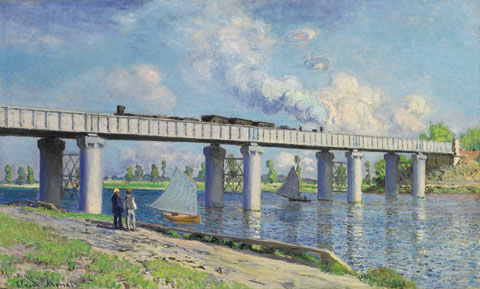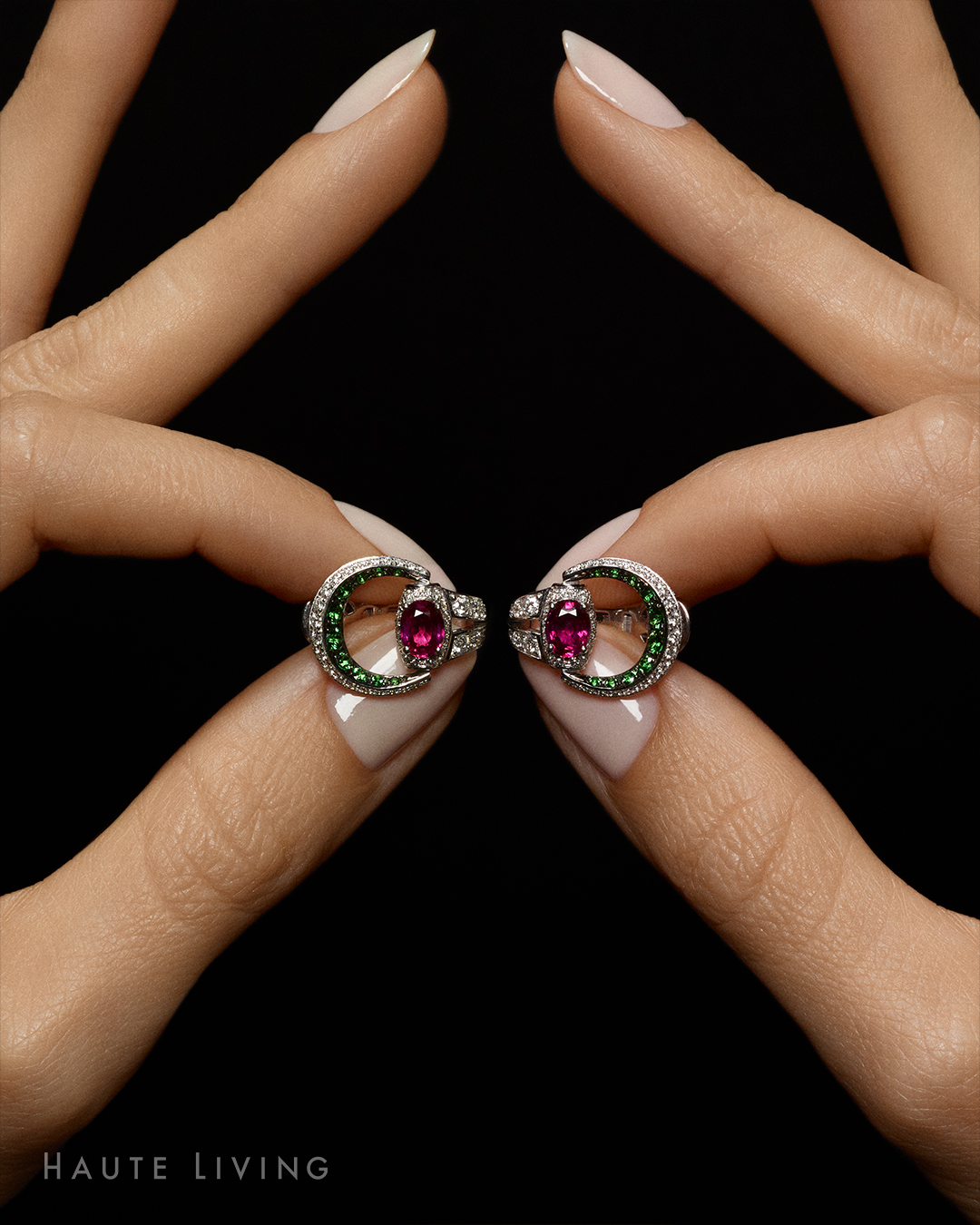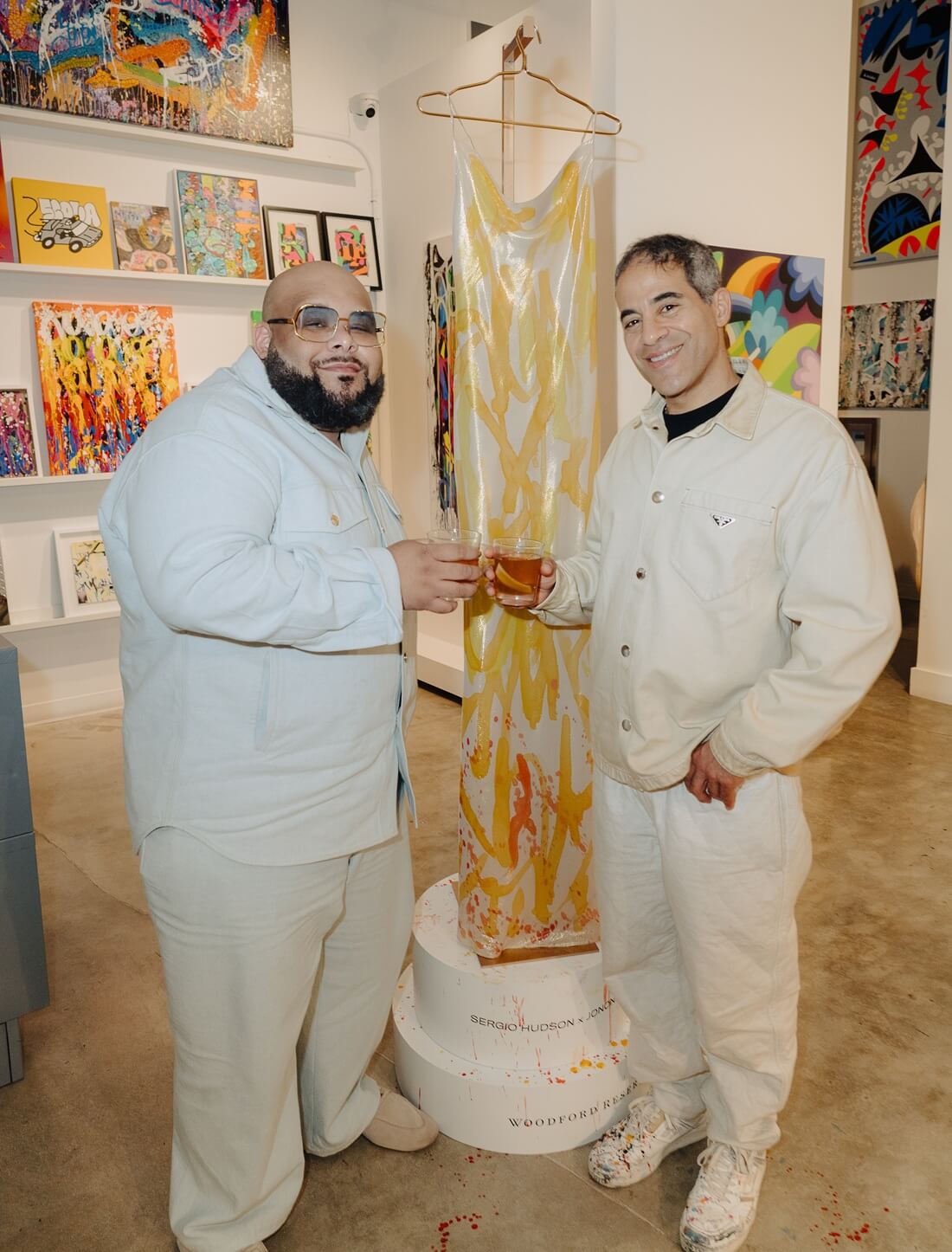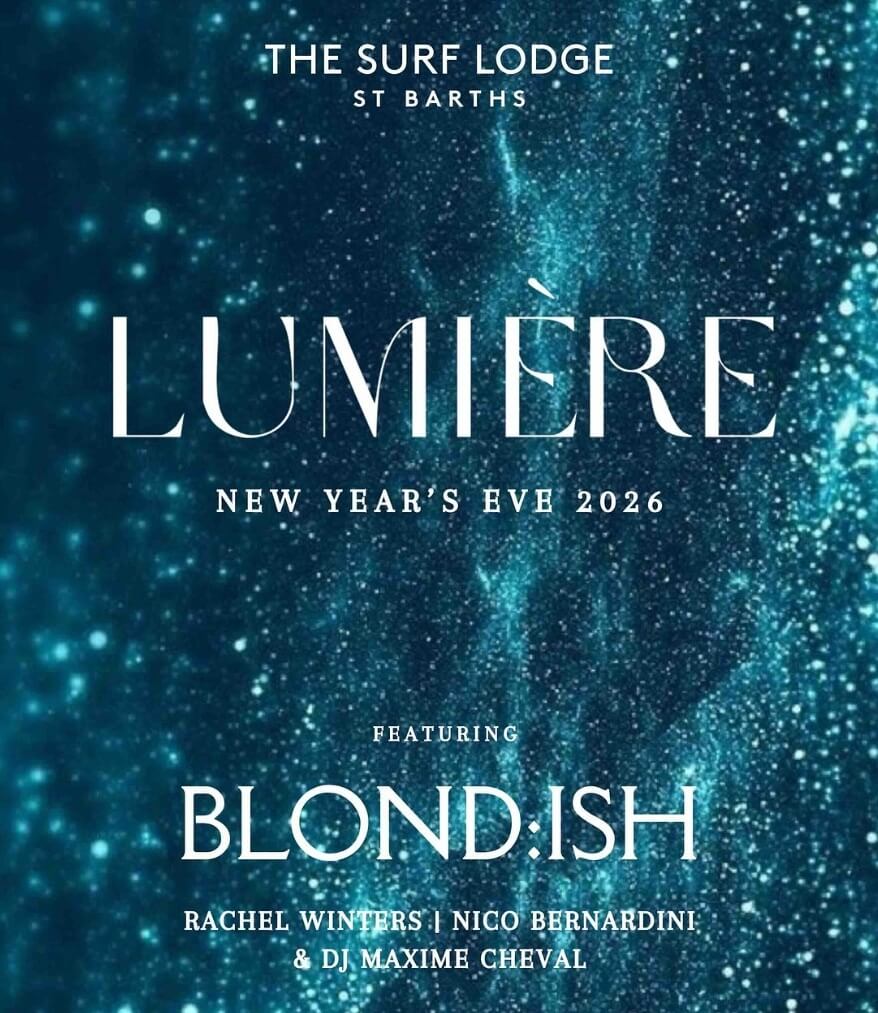All in a Night’s Work : Christie’s Claude Monet Auction

[highlight_text] Monet had a premonition for the future of man, although little about his own vitality. [/highlight_text]
Impressionist luminary Claude Monet utilized the painting technique en plein air and captured the natural surroundings and light in many of the world’s most romanticized settings. When dusk hits, all the artist gets is a moment to create mastery, and then the perfect twilight lighting vanishes-until tomorrow’s eve.
Each day, Monet had a finite time to paint, but as a highly skilled artist, his creations are able to transcend these limitations. His legacy feasibly awaits its highest crescendo yet. On May 6, Christie’s plans to sell one of Monet’s renowned masterpieces, The Railway Bridge at Argenteuil, and braces to trump auction history with one of the painter’s greats.
“Its sale will be a great moment for the market and will provide a sturdy barometer for works that truly are the best of the best,” explains Guy Bennett, Christie’s America’s head of impressionist and modern art.
For more than 45 years, The Railway Bridge at Argenteuil had the distinction of being one of the last privately held Monet gems. Christie’s last auctioned the work for $12.4 million in 1988. The Argenteuil masterpiece is now estimated at $35 million, which is narrowly close to the record-breaking sums of recent Monet auctions. Last year, Monet’s Nympheas sold for the astonishing price tag of $36.5 million.
Monet experienced unrealized fame and weathered many hardships, including the loss of his wife. In the early 1870s, displaced from the Franco-Prussian War, Monet and his family rented a house on the outskirts of Paris in the quaint, scenic town of Argenteuil. Monet generated some of his most notable oeuvres in Argenteuil, and the town rose to fame as the locus classicus of impressionism with other masters-Renoir and Sisley-settling there for inspiration. Around this time, Argenteuil became a haven for affluent Parisians and their sailboats, a motif repeated throughout renowned impressionist pieces.
In 1873, Monet painted The Railway Bridge at Argenteuil near the vistas of his house. A railroad bridge and a train on the overpass dominate the piece against a backdrop of water and a gliding sailboat down below. These are symbolic images celebrating “the arrival of the modern, of progress, and of man’s ability to shape the future,” says Bennett. Art scholars have also noted the depiction of a pair of men on a footpath marveling at a bustling train. Monet had a premonition for the future of man, although little about his own vitality.
Unlike the fleeting nature of plein air painting-restricted by the essence of time-Christie’s auction of Argenteuil is one evening that will likely leave an imprint in our minds. Art patrons and collectors alike anticipate what very well may be Monet’s biggest imprint on time.
The Impressionist and Modern Art Evening Sale will take place May 6 and the exhibit will be open for viewing at Christie’s Rockefeller Galleries in New York from May 2 until May 6.












